What Is The Black Holocaust in America?
Share
About ABHM
Explore Our Galleries
Breaking News!
Today's news and culture by Black and other reporters in the Black and mainstream media.
Ways to Support ABHM?
What is a Holocaust?
“Holocaust” comes from a Greek word meaning “burnt offering.” The term was first used to describe the massacres of Armenians in the 1890s. It was used again in the 1950s to describe the mass destruction of European Jewish communities by the Nazis, also known by the Hebrew word “Shoah.”
Appallingly, in the last hundred years, the world has witnessed many similar atrocities, such as the 1975-79 Cambodian Killing Fields, the 1994 Rwandan Genocide, and the 1995 Srebrenica Genocide.
For this reason, the word “holocaust” has come to mean a series of atrocities organized by one social group against another.
Similarities Between the Black Holocaust and Other Holocausts
The four hundred-year history of captured Africans and their descendants shares many features with the Holocaust experiences of European Jews – and the victims of other mass atrocities.
These include:
- Dehumanization and vilification
- Forced marches and migrations
- Slave (forced, unpaid) labor
- Stolen property
- Mass incarceration
- Torture
- Medical experimentation
- Discrimination in law and custom
- Ethnic cleansing (race riots, pogroms)
- Lynchings and other forms of terrorism
- Mass murder
- Long-lasting psychological effects (Post-Traumatic Stress Disorder) on survivors – and their descendants.
How ABHM Got Its Name – and Why
Dr. James Cameron founded this museum about the Black Holocaust in America after visiting Yad VaShem, the Holocaust Memorial Museum in Jerusalem, Israel. He saw the many similarities between the experiences of the Jewish people and African Americans.
He also admired how Jewish people value their history. To prevent atrocities like the Shoah (Nazi Holocaust) from happening again, they teach their children and other groups about it. Dr. Cameron saw how this truth-telling gave Jewish communities strength and hope and wanted the same for African American communities.
Dr. Cameron wanted museum visitors to understand this: The Black Holocaust in America began hundreds of years ago, but its effects – and sadly many of its practices – continue in our country today.2 Tragically, this prevents our nation from living up to the ideals in its founding documents, which promised “liberty and justice for all.” Our founder dreamed of our country as “one single and sacred nationality.” He hoped his museum would help all Americans to honestly acknowledge our past in order to heal our future.
There at the Start
The Black Holocaust in America began in the 1600s in the first settlements in Virginia. That colony passed laws making black people – and only black people – slaves for life.
Slavery and segregation have since become illegal, but the Black Holocaust has had far-reaching effects on our entire society and on generations of our citizens – black and nonblack.
Some Facts about the Black Holocaust
- From 10 to 12 million African men, women and children were kidnapped from their homes.3 They were forced to march as much as 1000 miles to the sea. There they were held in underground dungeons for up to a year.
- The kidnapped people were packed below decks as cargo on 54,000 slave ship voyages to the Americas. They were usually shackled and unable to move. They lay in each other’s feces, urine and vomit during the 60 to 120 day trip. These trips, called “The Middle Passage,” made up one of the largest forced migrations in world history.4
- When they arrived in America, men, women, and children – even infants – were put on the auction block at slave markets. They were handled by the buyers as if they were cattle. The buyers poked and prodded and pulled the Africans’ mouths open. Some buyers forced the captives to remove all their clothes in public, so they could be examined for defects. Children were often sold away from their parents, and husbands from their wives.5
- Our original colonies passed slave codes.6 These laws reserved slavery for people of African descent only – and made them slaves for life. There were also fugitive slave laws7 that made it easier for slave owners to capture runaways – and even force free blacks into slavery.
- By the time of our country’s Civil War in 1861, eight generations of black children were born, grew up, toiled, and died as the property of white adults and children. Slaves worked at hard labor, from sun up to sun down, for no pay, six or seven days a week. They were frequently whipped or suffered other cruel punishments at the owner’s whim. They were not allowed to learn reading, writing or arithmetic. They were poorly fed, housed and clothed. Many of their daughters, sisters, and wives were raped. Many saw their children, spouses, parents, siblings, and friends sold away. For 246 years, there was no hope of an end to their suffering.
- The 13th Amendment to our Constitution outlawed slavery. But many of the four million former slaves were forced back into unpaid labor. They became sharecroppers on their old plantations. If a white man said a black man was “shiftless,” that black man could be arrested and forced to work without pay in a mine, factory, or farm. “Convict leasing” was slavery by another name.8
- After emancipation came the “separate and unequal” system of Jim Crow in the South. This made it legal to racially segregate public schools, buses, restaurants, movie theaters, and occupations. Under Jim Crow, black lives were cheap. Over five thousand African Americans were strung up, shot, tortured, mutilated, and burned to death during those one hundred years. Most lynchings occurred in the South, but many took place in the North and West as well.9
- The Civil Rights Movement of the 1950s, 60s, and 70s challenged Jim Crow. The Jim Crow era is said to have ended when Congress passed the Civil Rights Act of 1964, the Voting Act in 1965, and Federal Fair Housing Act in 1968. However, white Americans found ways around many of the gains African Americans made. In “white flight,”white parents moved to the suburbs or put their children in private schools. White neighbors signed “covenants” not to sell their homes to black families. White unions made it difficult for black workers to become members and advance themselves in the skilled trades. Many African Americans became trapped in poverty.10
- The effects of slavery and Jim Crow continue today. The net worth of White families is 10 times the net worth of Black families.11 Since the 1970s, the unemployment rate for African Americans has been double the national average. Most white Americans live to be over 78 years old; most Black Americans die shortly after their 73rdbirthday. Three times more Black babies die at birth than White babies. Half of the people we send to prison are Black, even though African Americans are only 13 percent of our country’s population. The journey seeking justice continues….
Holocaust Memorials and Museums
Today there are many museums that help people understand and cope with various holocausts around the world. America’s Black Holocaust Museum is one of these.

Endnotes
1https://dictionary.reference.com/browse/holocaust
2See Breaking News
3See Estimates from Voyages: The Trans-Atlantic Slave Trade
4Africans in America, Part I.https://www.pbs.org/wgbh/aia/part1/1narr4.html
5American Abolitionist, Indiana University
Comments Are Welcome
Note: We moderate submissions in order to create a space for meaningful dialogue, a space where museum visitors – adults and youth –– can exchange informed, thoughtful, and relevant comments that add value to our exhibits.
Racial slurs, personal attacks, obscenity, profanity, and SHOUTING do not meet the above standard. Such comments are posted in the exhibit Hateful Speech. Commercial promotions, impersonations, and incoherent comments likewise fail to meet our goals, so will not be posted. Submissions longer than 120 words will be shortened.
See our full Comments Policy here.











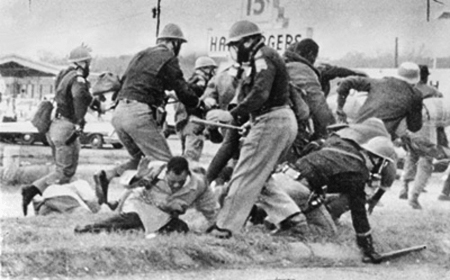
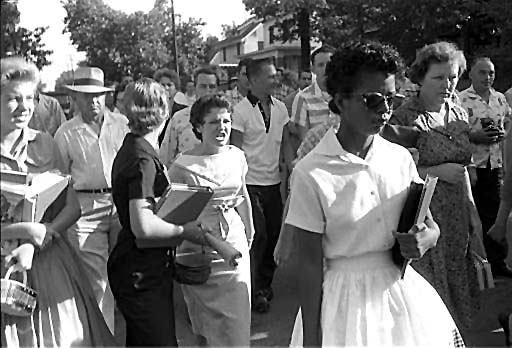
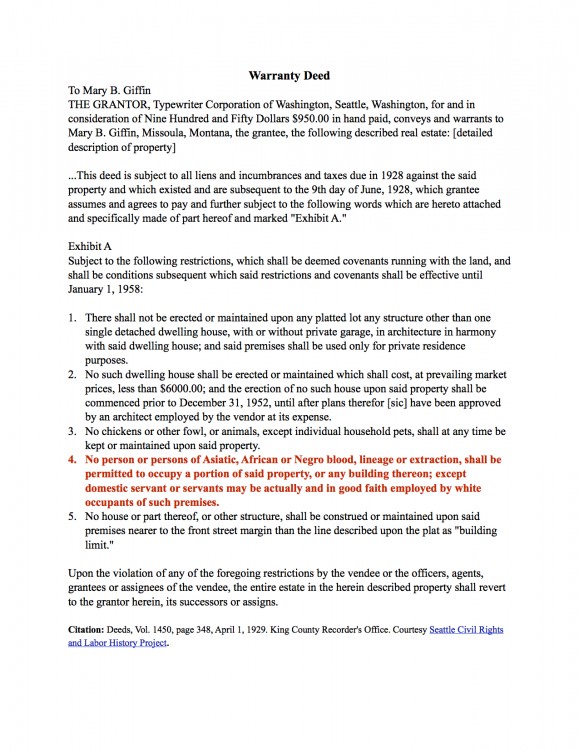
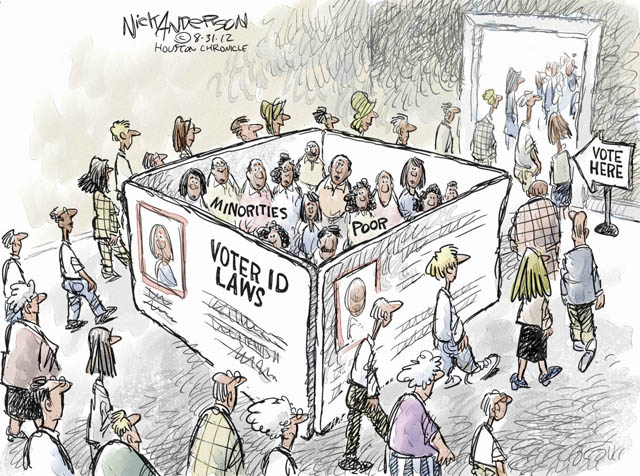
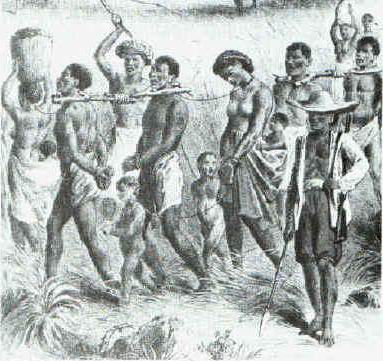
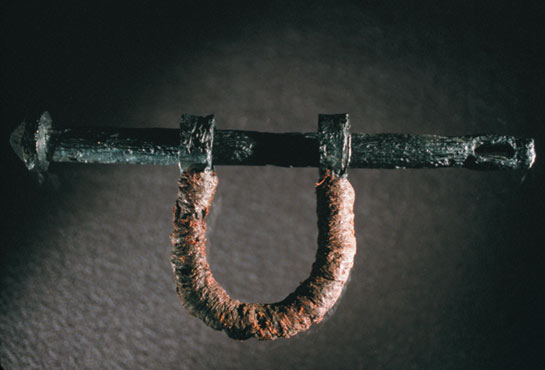
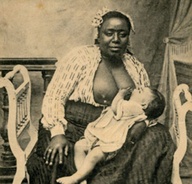
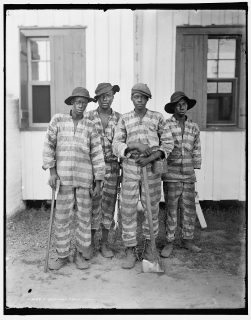
A major goal of relevant museums is to “help people understand and cope with various holocausts around the world. America’s Black Holocaust Museum is one of these.” Unfortunately 48 Holocaust Museums here and abroad focus almost entirely on the Horror Story (what perpetrators do to victims) and sideline the Help Story (what victims do to alleviate – at risk of life – the suffering of less fortunate others). PLEASE do not make the same mistake. I have helpful chapters I can send on your request from my 2017 book, Stealth Altruism: Forbidden Care: as Jewish Resistance in the Holocaust. You can read my Help Story-related ideas at http://www.stealthaltruism.com. I also have available a free Podcast I made on the subject. In 2015, Yad Vashem rectified decades of error by finally opening a section on the Help Story. I hope your museum will do likewise, since during the Middle Passage, and throughout slavery, Jim Crow, and across modern times Black Americans have developed their own Help Story – albeit unknown by White America and overlooked by mass media and popular culture. Attention is owed.
We appreciate your insight and suggestion about including stories of African American resistance, mutual aid and self-help. Although we have not labeled such stories as “Help Stories,” we do include many different kinds of help stories as exhibits throughout the virtual museum, from The Founding of the New Free Black Community (in the Reconstruction Gallery) and the Rosenwald Schools (Jim Crow Gallery) to the ongoing “living history” of the current Uprising for Justice (Breaking News). ABHM’s Four Themes (see under the ABOUT tab) include Resistance as the 4th theme. Thanks for the link to your Help Story ideas; we love the notion of “stealth altruism” and will check this out.
Thank you for having contributed to making the theme visible!
This is sad and confusing and when it said that white families net worth is 22 times higher it’s just crazy
This is wierd and is very wrong.
do you have the truth if you’re making the claim that this information is wrong? As to it being weird, I’ve found that fact is often stranger than fiction.
20 April 2021
Thank you Dr. Cameron.
Total estimated abortions by race/ethnicity for 1965-2018 (and compared to current population) are:
• white, non-Hispanic: 28,900,000 (14% of current population)
• black, non-Hispanic: 18,700,000 (42% of current population)
• Hispanic: 9,200,000 (15% of current population)
• other, non-Hispanic: 3,500,000 (15% of current population)
• total, all races/ethnicities: 60,500,000 (18% of current population
42 % of black babies in the womb are being exterminated. This is an unborn holocaust. We must value babies of all colors and nationalities. Democrats are not the friends of the Black race. Abortion was started by Margaret Sanger who was a racist. We are all created by God and precious in His sight.
“The reality is that homicides in major cities including Baltimore are not race neutral. Of the more than three hundred people killed in the streets of Baltimore last year, just about all of them were African Americans. The shooters (killers) were most likely black as well. This is a devastating plague acutely affecting black communities across the country. ” (Baltimore Sun article)
Since 2007, 4.030 people have been killed in Baltimore. America has become lawless and it is not police who are the most at fault. We need people to care and solve the problems that cause this kind of rage and murder.
I agree with you that we need people to care and solve the problems that cause much of the violence in our country. I see the largest cause of violence as the tremendous wealth inequities. We now have a tremendous number of people living in extreme poverty. Where there is such poverty, there is hopelessness, fear, and anger, which leads to reckless behavior including violence. I agree that it would help if we valued, as you say, “babies of all colors and nationalities.” We also need to care about and for the physical and emotional needs of adults trying to cope with poverty, on top of the a terrible pandemic, and on top of a pervasive systemic racism.
I find your bringing politics into a holocaust museum both heart breaking as well as frustrating. Abortion is a personal choice, as is the pill as is abstinence. If you wish to talk homicide by race, whites killed by whites are within the 3 percent margin of error or almost equal to black on black homicide. Did you know… those who refuse to examine the whole truth, will forever only remain half seen. Please, please read up on your history because if not acknowledged will be repeated. And that seems to be your intent, so out of respect for those you gave their lives in history so you could be here today, please educate yourself and always remember that, ” God gave us two ears and one mouth for good reason”. I would like to end with a moment of silence for all who suffered as the result of the black holocaust and to those who still suffer today as a result of it’s lingering and centuries long effects. I pray they too may find the strength within to look at history with all it’s ugliness and pain and can find strength and healing through the power of a new day, and upon your awakening ask of each day, what can I do to make it better, how would I like to be remembered if it were my last and what will history say about me long after I am gone. Amen.
This is an atrocity against the true holocaust that the Jews lived through. If you need four paragraphs at the beginning of your website to justify the use of the word, then maybe it really wasn’t a “holocaust.” Was what was done to blacks horrific? Yes! But it was NOT a holocaust!